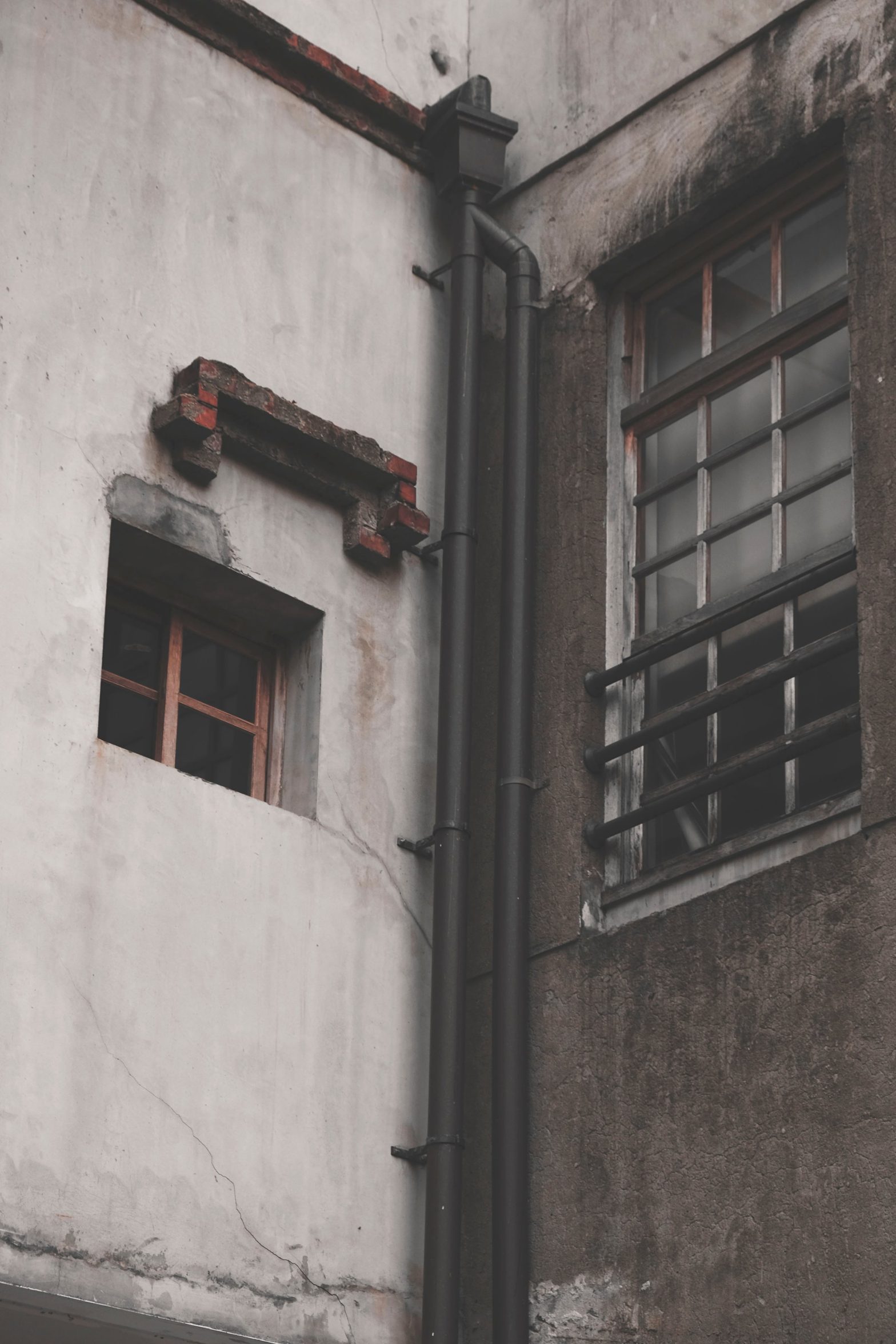Photo by H E N G S T R E A M on Unsplash
Dealing with a burst sewer pipe in your home is never fun and is always inconvenient. However, making a few smart choices can limit the stress and the cost. In today’s day and age, you do not have to worry about tearing up your entire yard to fix a broken sewer pipe. Trenchless repair technology allows you to fix your pipes with little to no digging. When it comes to trenchless repair technology, there are two types you can choose: pipe bursting and CIPP. Picking the correct trenchless repair depends on the situation. There are some similarities and difference of pipe bursting and CIPP that will help you decide which is the better option.
Similarities
Both CIPP and pipe bursting are accepted pipe repair solutions for most commercial pipelines. The biggest element that CIPP and pipe bursting have in common is the ability to repair your pipeline without the need to dig or remove your old pipe. Because both are considered forms of trenchless technology, they help solve the underground problems your business faces. Moreover, they both save you a few thousand dollars every year. Likewise, since there is no digging, it saves you from spending money on repairing expensive landscaping.
How CIPP Works
CIPP or cured-in-place pipe is a jointless, seamless, no-dig, pipe-within-pip that can replace a pipe from 4 feet to 100 feet. As previously stated, the process requires no digging. During this process, a resin-saturated felt tube is inserted into a damaged pipe either from the upstream or downstream access point. The tube is then pressurized and shot into the host until completely inserted. The next step is to apply pressure to the resin and forms a tight-fitting joint less and corrosion-resistant replacement pipe. Laterals and cutouts are restored internally with a robotically controlled cutting device.
How Pipe Bursting Works
Pipe bursting, like the name says, involves bursting the old broken pipe. This type of bursting is less messy and more cost-effective than a pipe bursting on its own. The first step is attaching a conical bursting head to a replacement line, that is then fed through an entry hole to the broken sewer line. The conical bursting breaks the old pipe as it travels through the damaged pipe. Pull rod or hydraulic power fractures the existing pipe and pushes it from its original location. The replacement pipe is seamlessly fed in place, filling the cavity left behind by the bursting head.
Which is Better?
Both repair processes will fix your broken pipes. When trying to decide which one is better, it comes down to the situation. You should consider these questions when deciding which process to use:
- How deep is your pipe?
- How extensive is the damage?
- Where is it located on your property?
The cost of pipe bursting is roughly $60 to $200 for each foot. The final bill will depend on the length and the amount of damage repaired. While the cost of CIPP usually cost between $80 to $250. The total cost for most CIPP is $6,000 to $12,000.
Have your Pipes Repaired
You now have a better understanding of CIPP and pipe bursting, and which one to pick for your next repair. If you a burst pipe be sure to call the pros at Vertical Pipe Repair.
